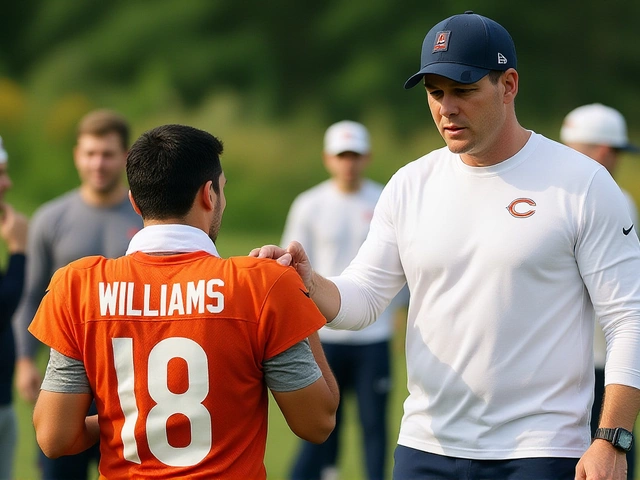Video Game Industry: What’s Hot, How Money Flows, and How to Get In
Ever wonder why the video game industry feels like it’s exploding every year? It’s not just hype – there are real shifts in how games are built, sold, and played. In this guide we’ll break down the biggest trends, the ways developers earn cash, and the steps you can take if you want to join the action.
Top Trends Shaping the Industry
First off, mobile gaming continues to dominate. With billions of smartphones worldwide, games like Clash of Clans and PUBG Mobile pull in massive daily active users. That means more ad impressions and more in‑app purchases. At the same time, live‑service titles on consoles and PC (think Fortnite or Apex Legends) keep players hooked for years by adding new maps, skins, and events.
Another trend is the rise of "games as a service" (GaaS). Instead of releasing a finished product and moving on, studios keep updating the same game, collecting revenue over time. This model works best when the community feels valued – regular patches, transparent communication, and rewarding loyalty.
Finally, cloud gaming is finally getting traction. Services like Xbox Cloud Gaming and Google Stadia let you stream high‑end titles to low‑spec devices. It’s still early, but the promise of playing anywhere without a console could reshape hardware sales.
How Games Make Money
Free‑to‑play games rely on three main cash streams: in‑app purchases, ads, and premium upgrades. In‑app purchases range from cosmetic skins to loot boxes that offer random rewards. Ads are often woven into loading screens or rewarded video spots – you watch an ad, get a bonus, and the developer earns a few cents. Premium upgrades let players buy a “no‑ads” version or a full‑price copy that includes extra content.
For paid games, the primary revenue still comes from the initial sale, but many titles add DLC (downloadable content) packs after launch. This extends the life of the game and boosts total earnings. Subscription services like Xbox Game Pass also give studios a steady income based on how often their games are played.
Don’t forget merchandise. Popular franchises generate extra money through toys, clothing, and even movies. It’s a win‑win: fans get more ways to enjoy the brand, and developers tap into a new income stream.
If you’re looking to break into the industry, start by learning the basics of game development. Tools like Unity and Unreal Engine are free to download and have massive online tutorials. Focus on building small, polished projects – a simple platformer or a retro‑style shooter. Showcasing a portfolio of finished games is often more impressive than a resume full of school names.
Networking matters too. Join Discord servers, attend local meetups, or participate in game jams. These events let you meet other creators, get feedback, and sometimes even land a job. Many studios hire junior designers or programmers based on what they see in a public portfolio.
In short, the video game industry is a mix of fast‑moving trends, clever monetization, and plenty of opportunities for newcomers. Keep an eye on mobile growth, live‑service models, and cloud gaming, and you’ll stay ahead of the curve. Whether you’re a player curious about where your favorite titles come from or an aspiring developer ready to build the next hit, the tools and knowledge are right at your fingertips.

What's the point of racing video games?
So, you're wondering, "what's the point of racing video games?" Well, let me tell you, folks, it's not just about burning virtual rubber! These games are digital adrenaline factories, pumping out high-speed thrills with zero risk of a speeding ticket. Racing games also help us fine-tune our hand-eye coordination, all while we're performing daring overtakes and sliding through corners like butter on a hot skillet. So, next time you're contemplating the importance of racing video games, remember - it's more than just a game, it's a risk-free ride on the wild side!




